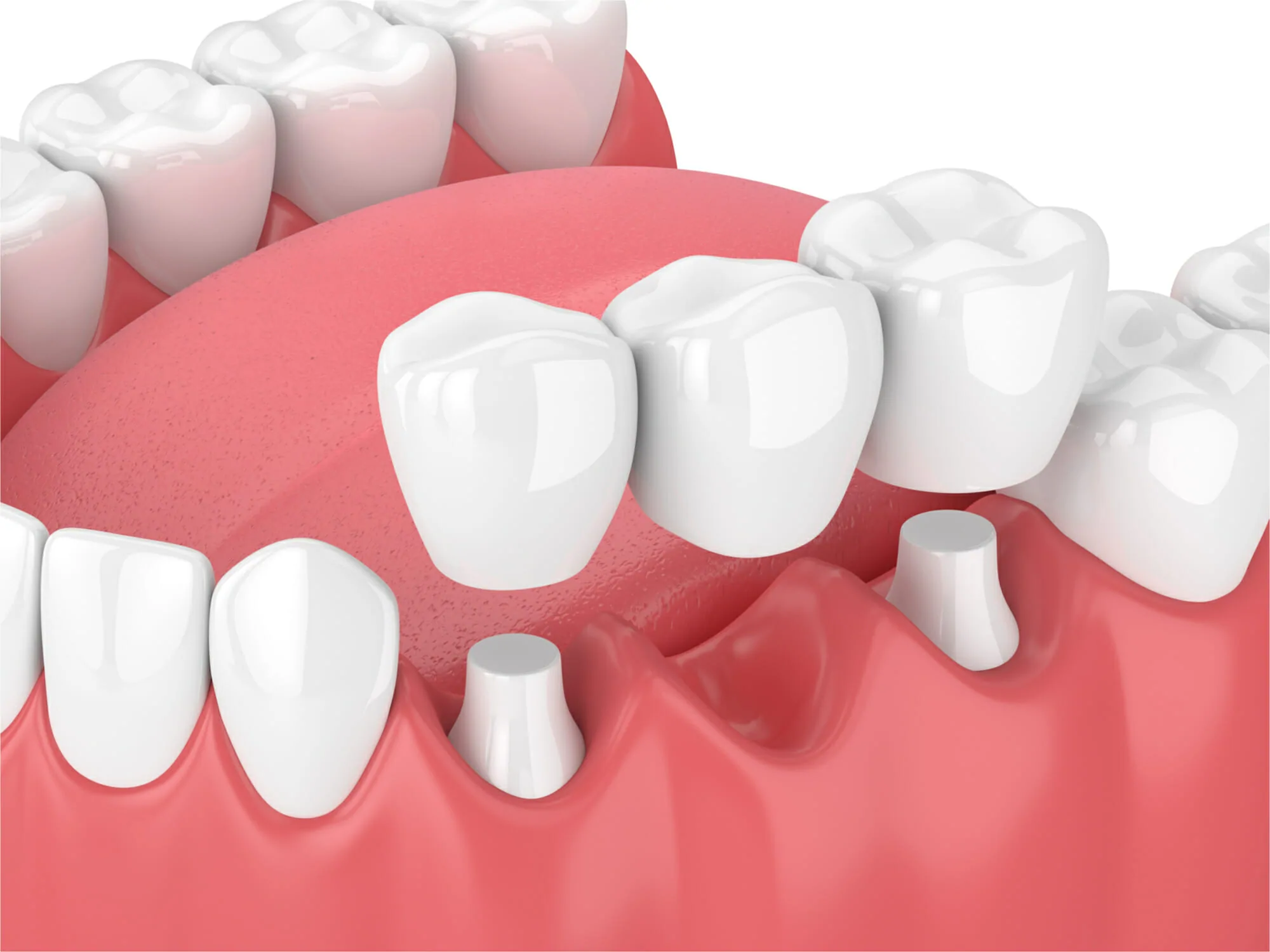What is a dental bridge?
There is a very good reason why dentists call this restorative treatment a dental bridge. A dental bridge is literally bridging the gap caused by a missing tooth or teeth. Bridges utilize your existing natural teeth to support an artificial tooth that is created to match the rest of your smile. Getting a bridge is more than simply replacing a tooth. It boosts your quality of life, helping you speak, eat, and smile normally while promoting your dental health. Dental bridges can also help keep your teeth aligned correctly after you lose a tooth, which is why it is important to address your missing tooth as soon as possible.
Are you putting off scheduling an appointment at a dental office to deal with one or more missing teeth? You are not alone. Patients have many reasons for being reluctant to get their missing teeth resolved, but the team at Garine & Boza Prosthodontics is here for you. We can take you through your options for dental bridges and other tooth replacement treatments. Call and schedule your consultation today.

What types of dental bridges are there?
There are several different types of dental bridges, each with its pros and cons. They are used in different ways based on a patient’s health needs and dental situation.
- Traditional bridges: This type of dental bridge relies on either dental implants or existing teeth on either side of the space left by the missing tooth. These are required to support the bridge, which will be fitted over the implants or existing teeth with the missing tooth replacement in the middle. This type of bridge offers superior comfort and chewing ability. However, the existing teeth that support the bridge must be shaped to support the bridge.
- Cantilever bridges: If only one tooth is available to support the bridge, we may suggest a cantilever bridge. Most of the time, a cantilever bridge is only used to replace a missing tooth in the front of your smile. It is too fragile to support back teeth regularly involved in biting and chewing.
- Maryland bridges: This type of bridge uses an artificial tooth secured by metal wings to your other teeth. It is a low-cost option that comes with the added benefit of minimal changes to your existing teeth. However, over time, the metal wings will darken and cause your teeth to darken, making the bridgework noticeable.
- Dental implant-supported bridges: This type of bridge causes no damage to adjacent existing teeth and is one of the most stable and sturdy options available. Dental implant-supported bridges take time to properly install, however, and they can sometimes be pricey.
What is the process of getting a dental bridge?
The process of getting a bridge depends on what type of bridge you need. For example, with traditional bridges supported by existing teeth, the support teeth will need to have enamel removed so they can support the bridge structure. During an initial consultation, we will take scans of your mouth so we can get the bridge customized for your needs. In subsequent visits, we will reshape the supporting teeth and give you a temporary bridge to protect them. When your permanent bridge is ready, we will secure it in your mouth, ensuring it fits perfectly and make any last adjustments accordingly.
